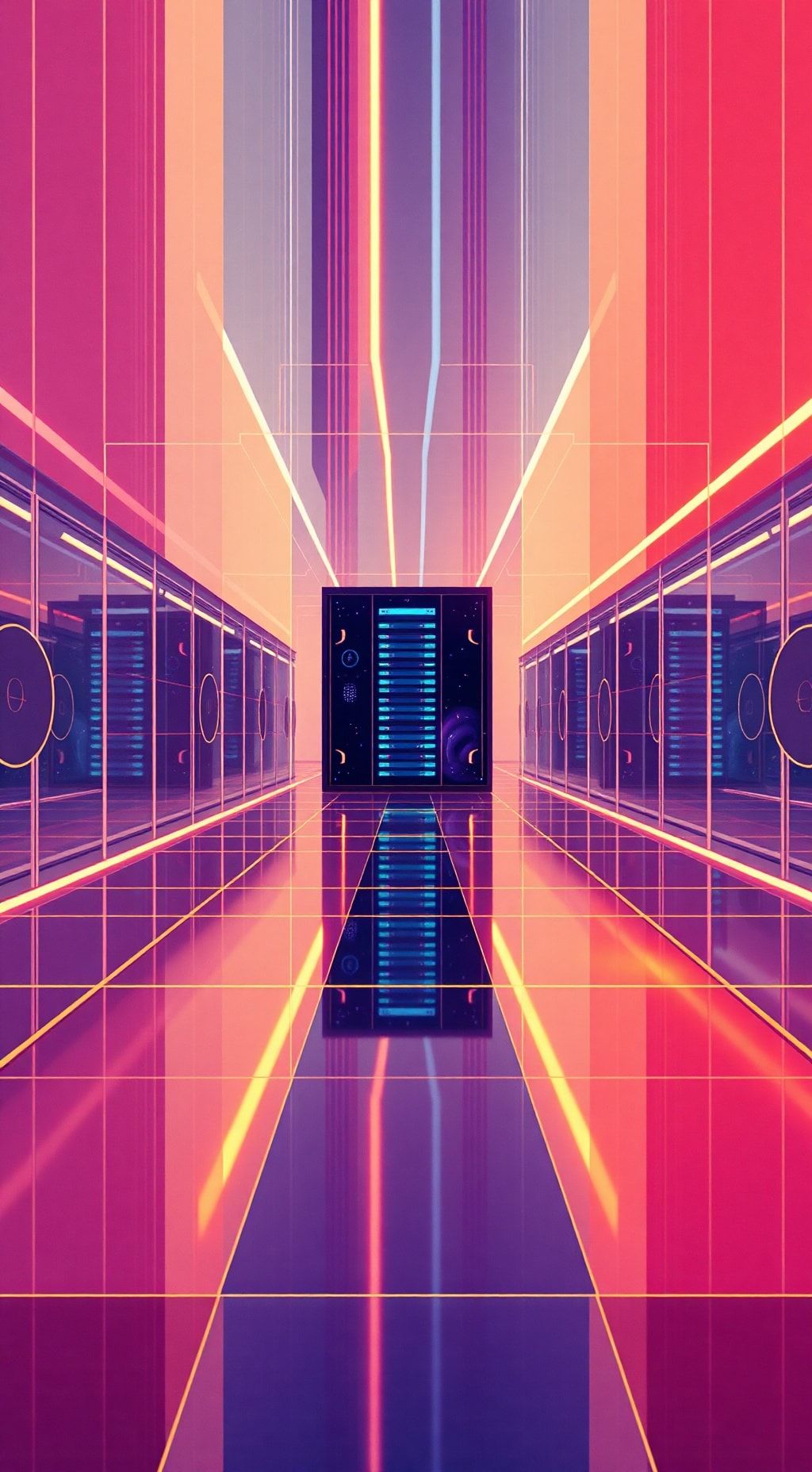Vietnamese Conglomerate Masan Set To Make Big Splash In Us Market With Costco Partnership
Vietnam’s Masan Seeks to Expand Global Footprint Through US Costco Deal Masan Consumer, the …
02. January 2025

The economics of Artificial Intelligence (AI) have forever changed the data center landscape, transforming what was once a routine discussion around cooling strategies into a high-stakes gamble. As AI’s transformative power continues to reshape the industry, one glaring reality has come into focus: the need for cutting-edge cooling solutions cannot be overstated.
When an entire rack of AI servers can cost upwards of $3 million – rivaling the price tag of a luxury home – the conventional wisdom around data center economics takes a drastic turn. The risk assessment equation fundamentally shifts as Andreessen Horowitz co-founder Ben Horowitz astutely pointed out, emphasizing the urgent need for robust infrastructure management.
The pressure to adopt forward-thinking cooling approaches has never been more pressing. As AI’s escalating demands push traditional cooling methods to their limits, data centers must reevaluate their strategies to safeguard these astronomical investments. The crux of the issue lies in protecting the multi-million-dollar AI hardware from the devastating effects of catastrophic failures – a single water leak could instantly wipe out millions in server costs, with replacement lead times often measured in months.
At Data Center World 2024, Dr. Mohammad Tradat, NVIDIA’s Manager of Data Center Mechanical Engineering, posed a straightforward yet poignant question: “How long will traditional single-phase cooling systems survive?” The answer is becoming increasingly clear – it won’t be much longer. As industry experts and data center professionals begin to gravitate towards two-phase refrigerant-based cooling solutions, the significance of this pivot cannot be overstated.
Transitioning to two-phase cooling technology comes with a modest upfront cost – typically around $200,000 per rack – which can be seen as an insurance policy for protecting the substantial AI hardware investment. When factoring in potential costs associated with AI training disruptions and idle infrastructure during unplanned downtime, this premium becomes relatively paltry compared to other multi-million-dollar business investments.
Data center operators and financial stakeholders must reassess their risk management strategies through a novel lens: one that takes into account not only operating costs or energy efficiency but also the total value of hardware being safeguarded. The decision to invest in two-phase cooling technology should be framed as an exercise in investment protection, evaluating the metrics of risk-adjusted return on cooling investment alongside business continuity and future-proofing for next-generation hardware.
In this era where a single rack’s price eclipses many data centers’ annual operating budgets, opting for outdated cooling solutions is akin to playing a high-stakes game with catastrophic consequences. As AI continues to redefine the data center landscape at breakneck speed, it is imperative that forward-thinking operators adapt their strategies – and fast.
With this shift in perspective comes an opportunity to reevaluate traditional metrics and forge a new path towards risk-averse cooling solutions. The clock is ticking – protecting your AI investment from the perils of aging cooling technology should be at the forefront of every data center’s agenda.